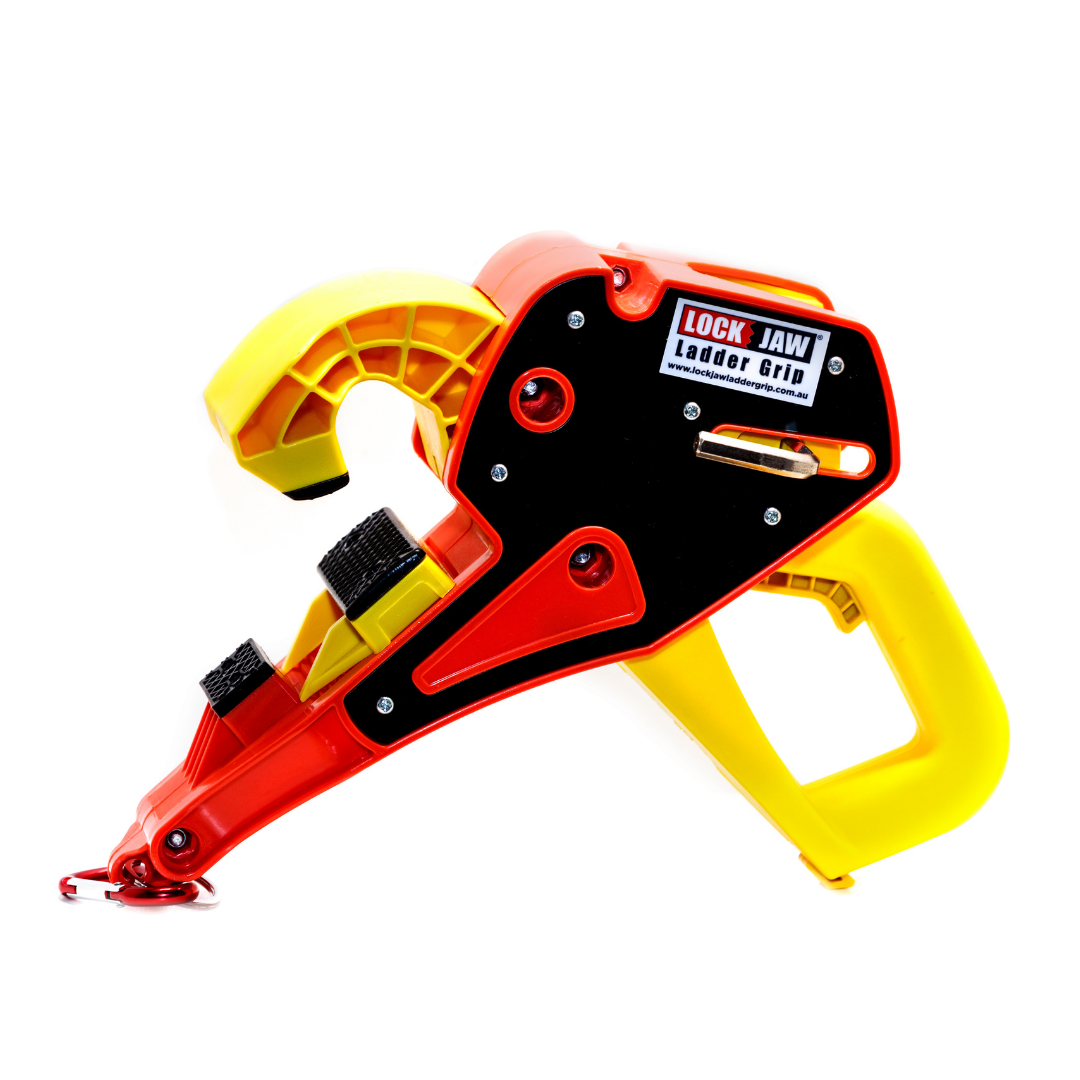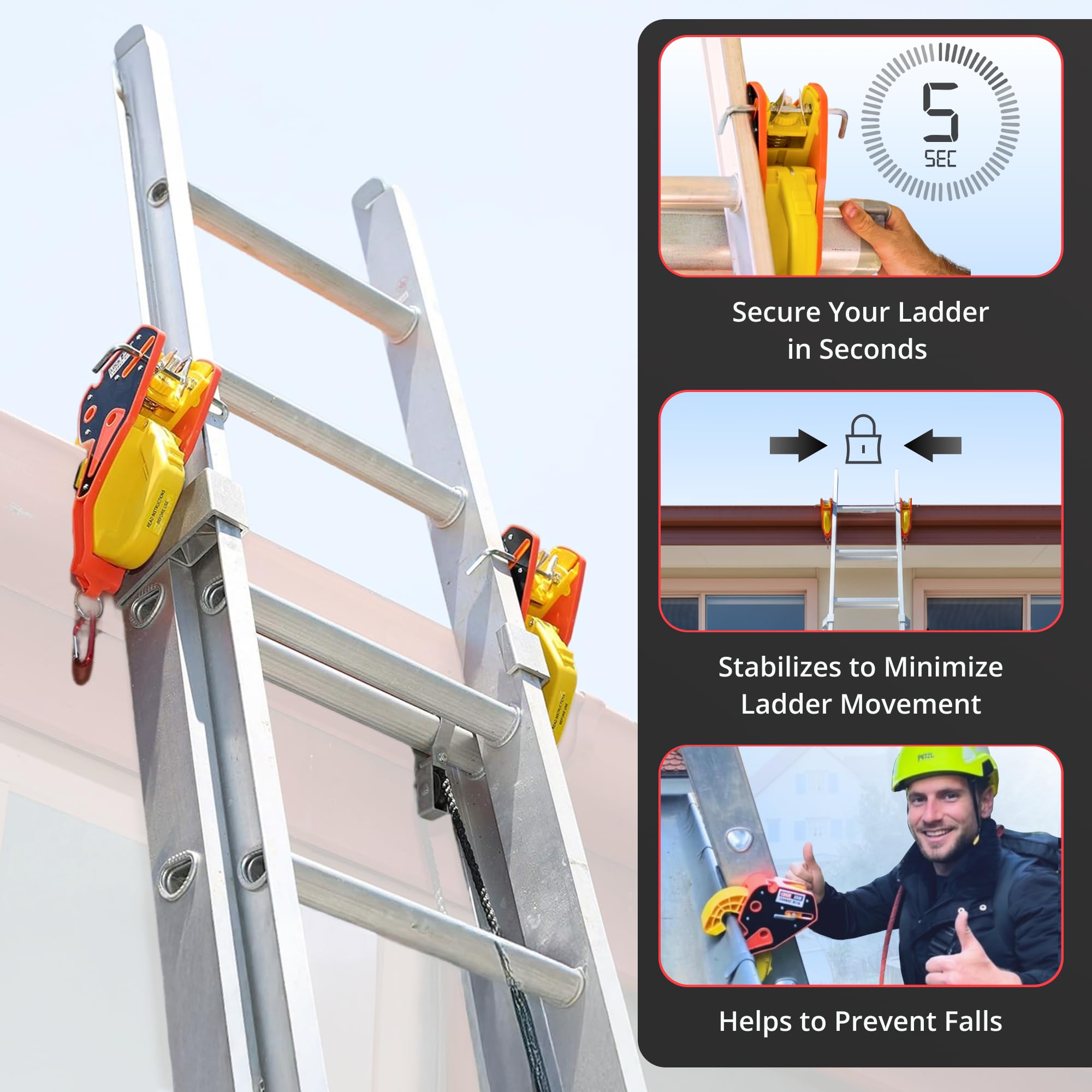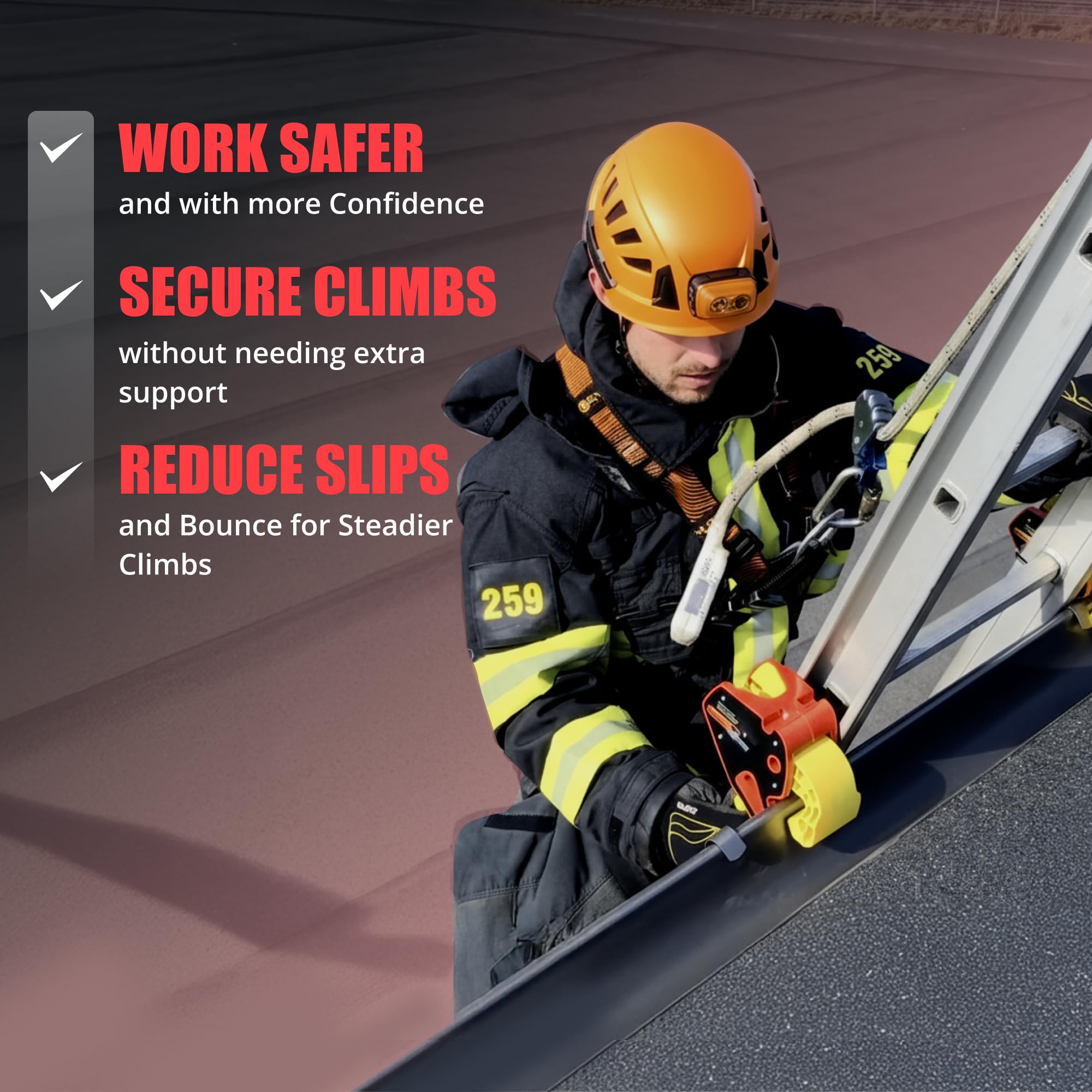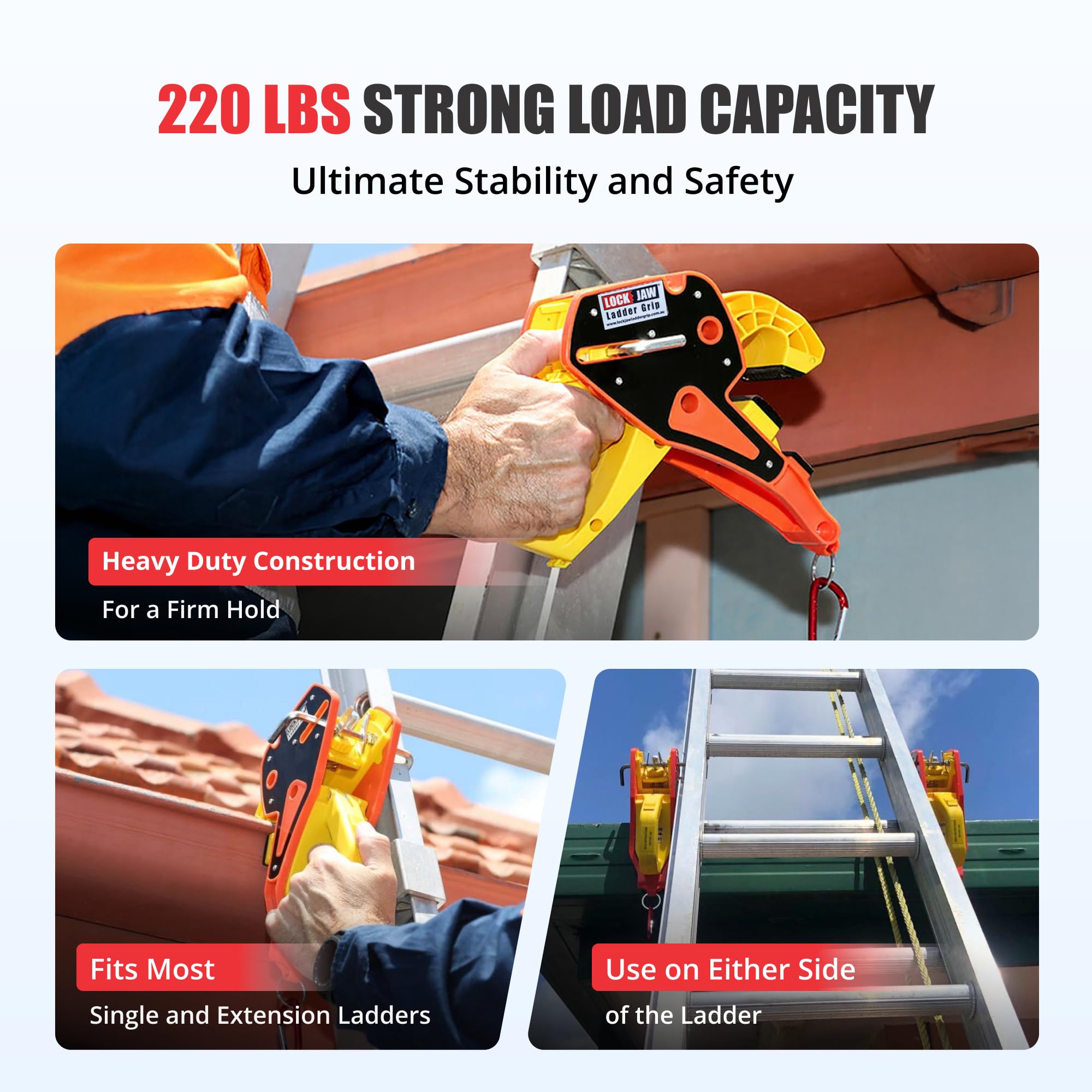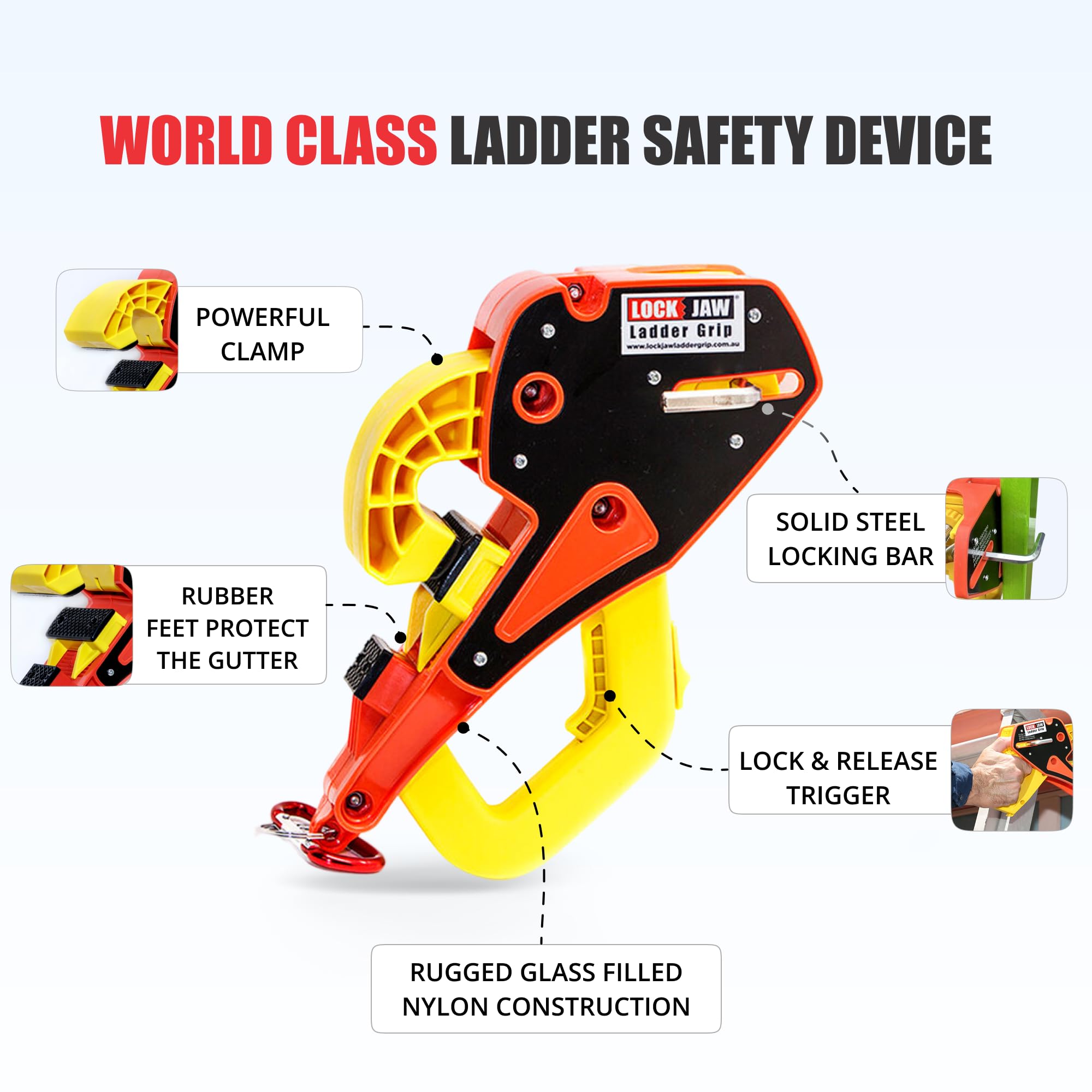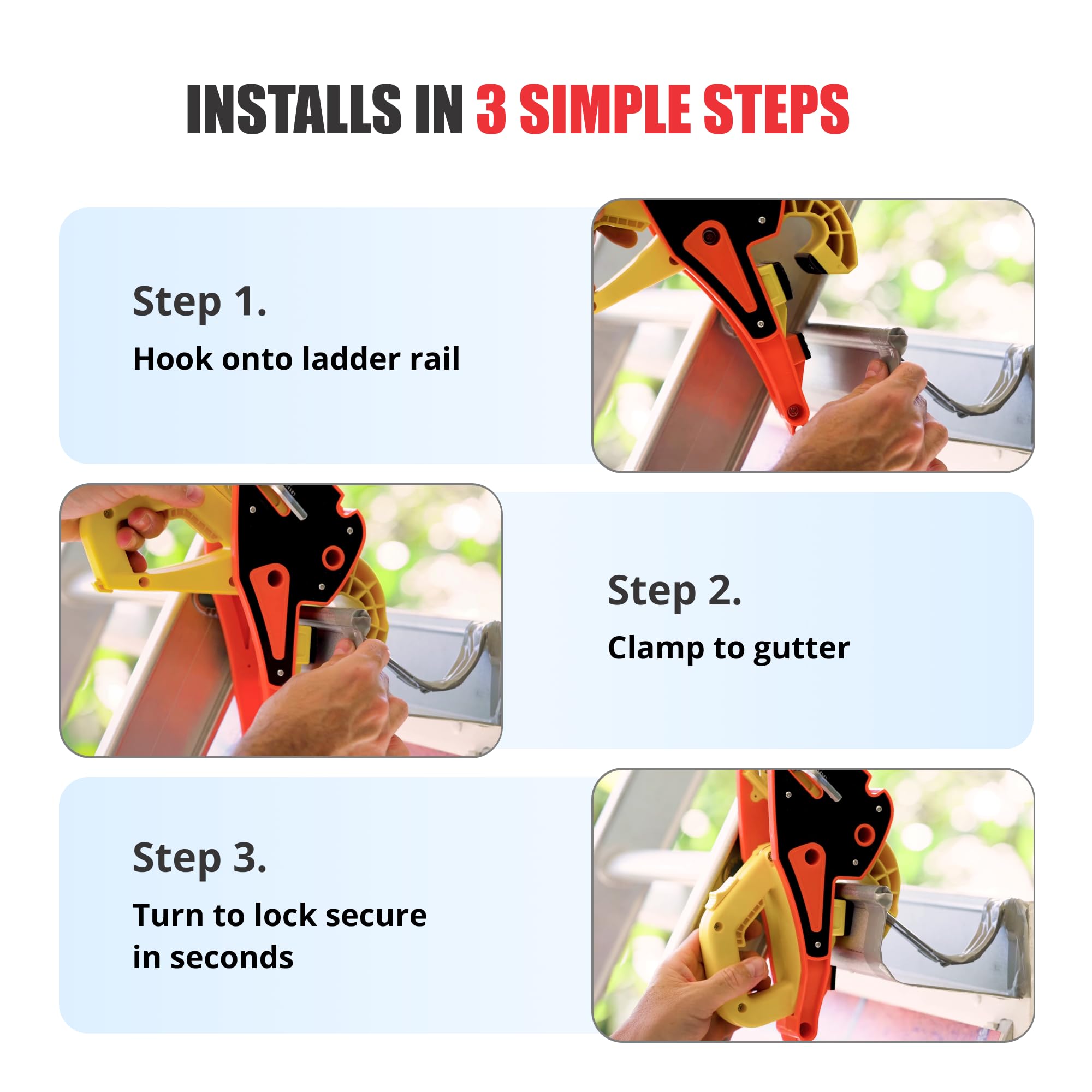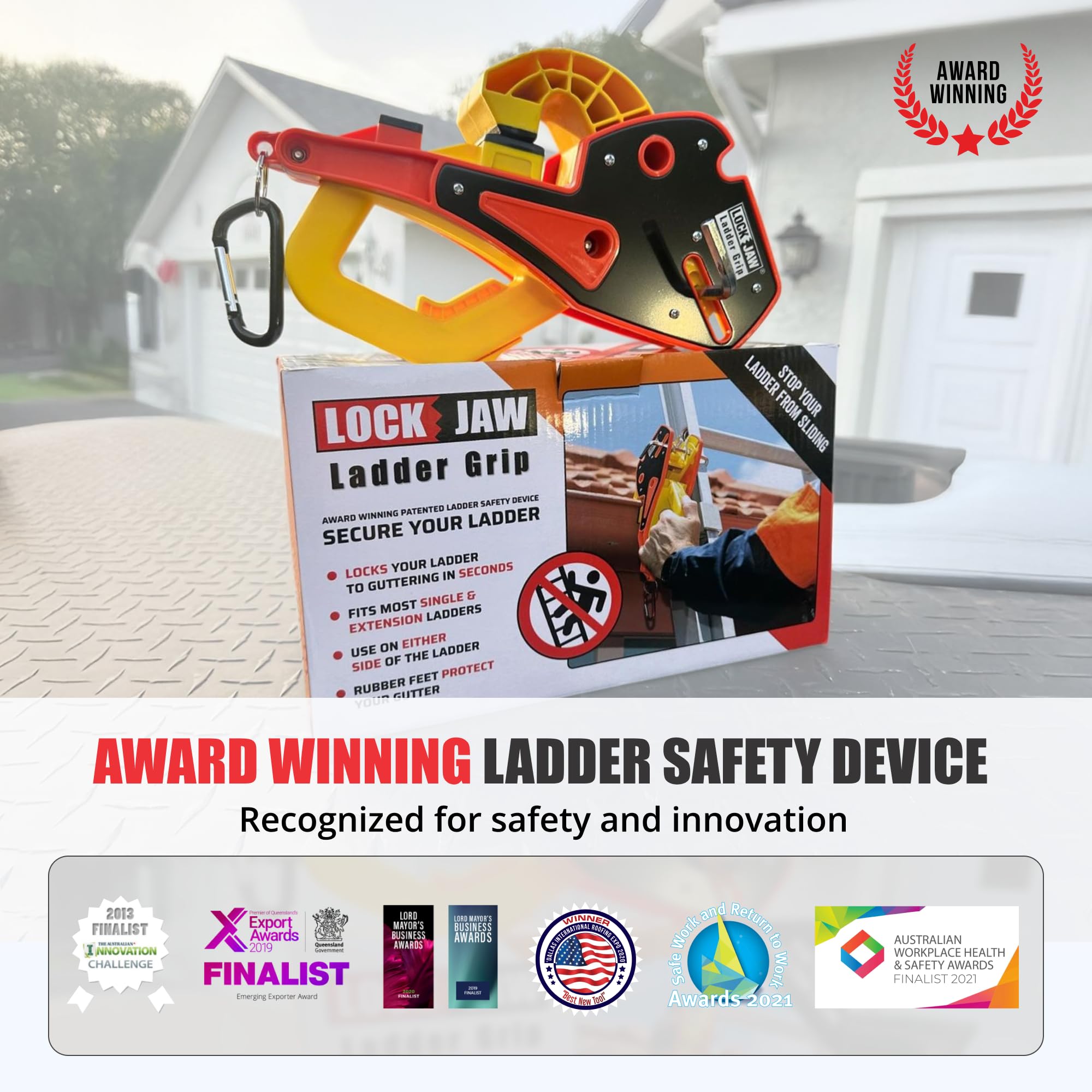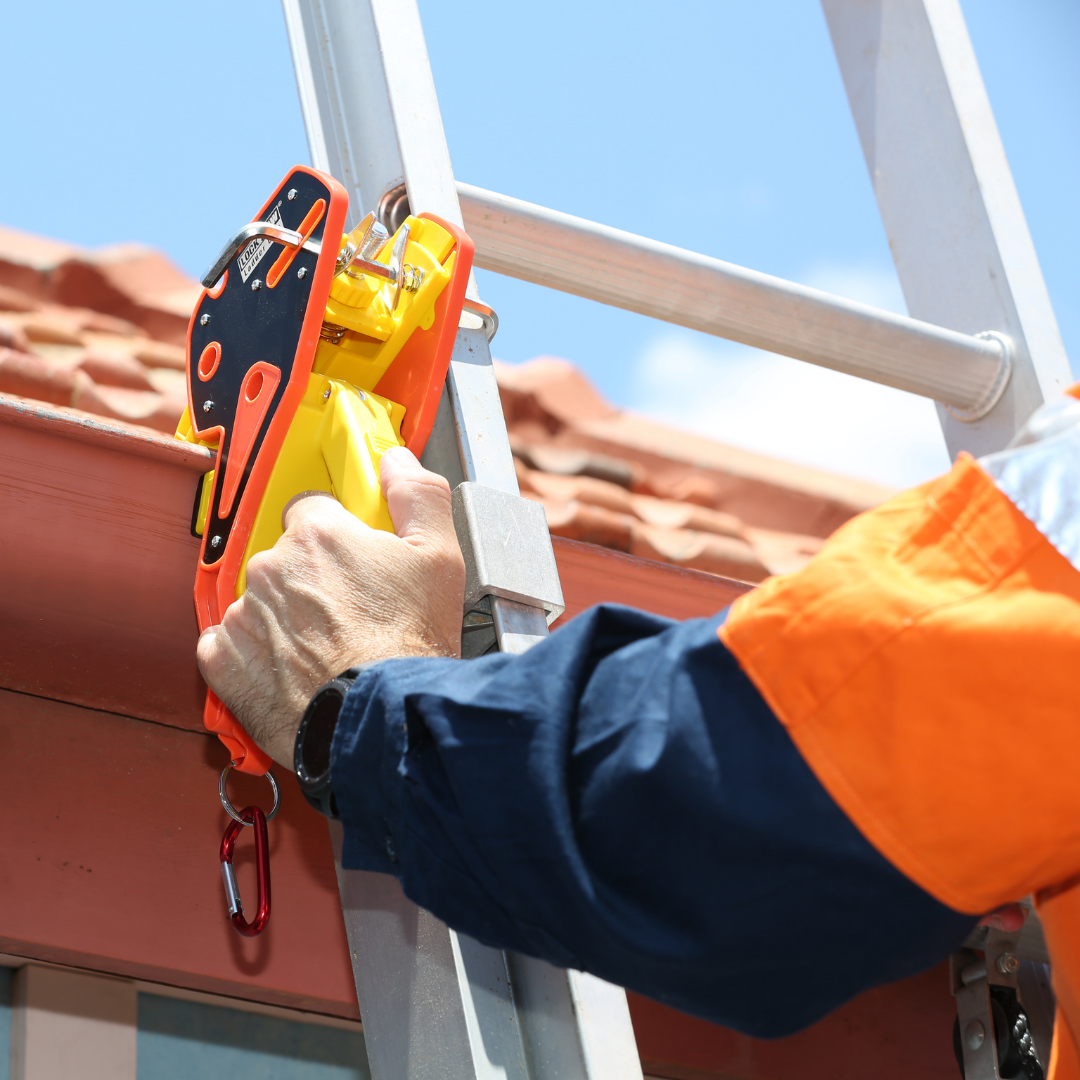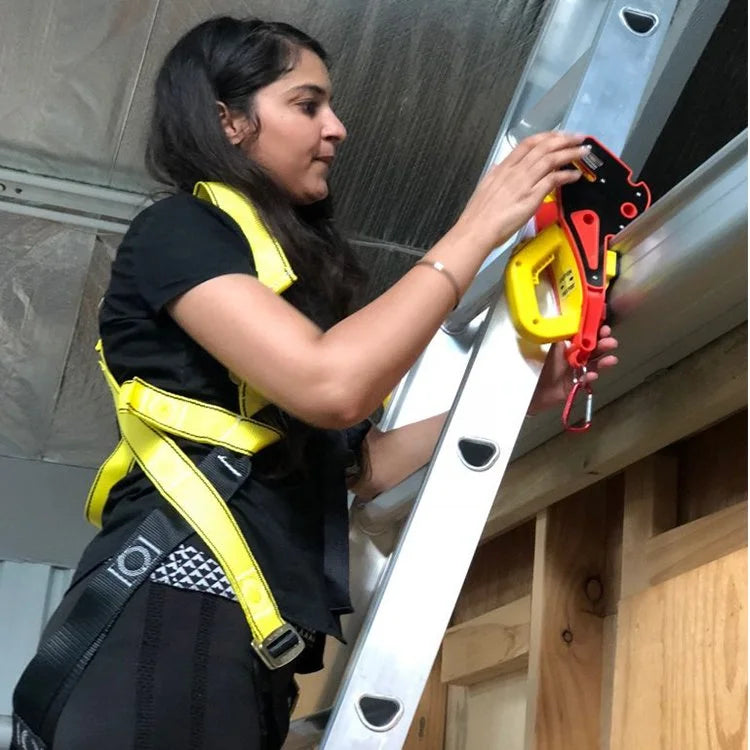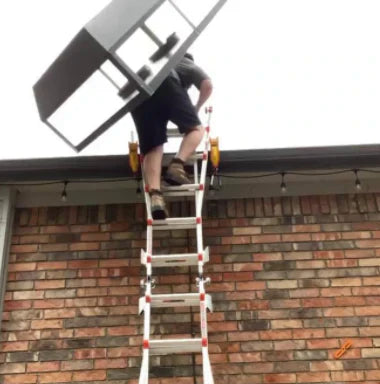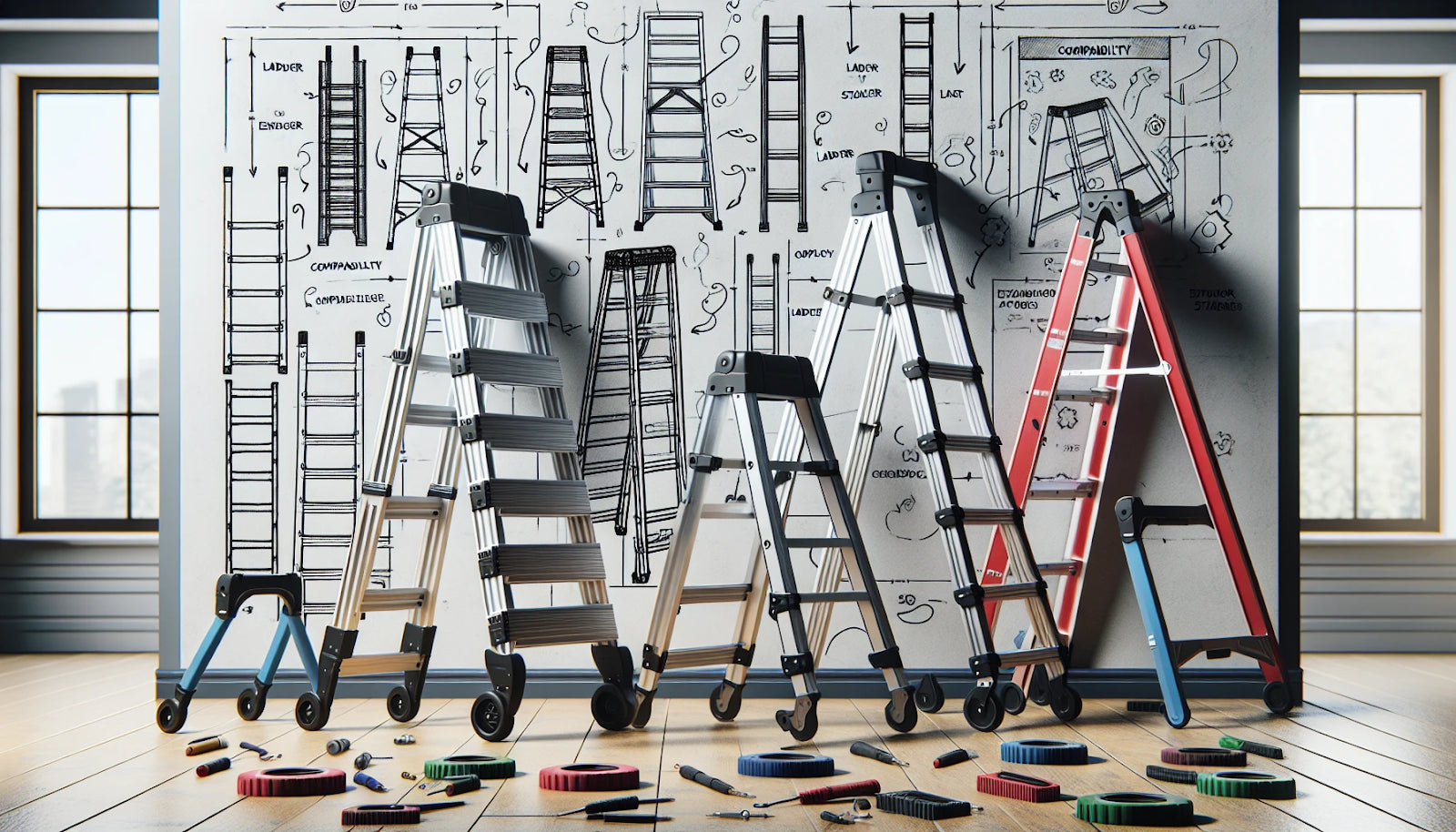Tips for Ladder Safety in Construction

In the industry, the construction norm for stepping stools typically ranks third in terms of OSHA violations, only below the requirement to provide fall protection and general platform requirements.
Despite this, ladder safety in construction is highly overlooked. Do you know, for instance, that companies are required to provide all employees with training regarding ladders and stairwells in construction, conducted by a qualified individual? This is most likely due to the fact that stepping stools are a very common piece of hardware on construction sites and are used in so many different occupations in the industry.
Individuals who work at a construction site frequently ignore stepping stool safety. Be that as it may, a tumble from a stepping stool can bring about long-lasting inabilities, and may prompt death. As a matter of fact, various individuals get harmed because of not following legitimate ladder safety.
Assuming you are an employer, you should teach your workers about legitimate ladder safety to limit mishaps and save lives.
Don'ts
Stand on the top step or rung of a stepladder unless the mark specifically specifies that doing so is prohibited. Generally speaking, they don't. The top bar of a single or extension stepping stool shouldn't be left unattended. When using these kinds of stepping stools, the most notable bar to stand on is the fourth one down from the top. Any higher, and it's likely that you'll lose your balance and tumble.
Move farther away from a step stool or in any direction. Keep your weight centered between the upward side rails and the forward-facing soles of your feet. Never use a stepping stool while standing sideways. Move the stepping stool lower and rearrange it if you can't get to your desk without straining yourself.
While you are still on a stepping stool, try to move or rearrange it. Regardless matter whether it's only two or three inches, never try to jump or move a stepping stool while you're on it into another circumstance. Although it could seem profitable, doing this is extremely risky. Prior to completely moving the stepping stool, provide space for it to be dropped.
To go to a higher spot, place a step stool or another object on uneven terrain. If the stepping stool isn't tall enough for you to work comfortably, find another way to get to your desk or get a taller stepping stool.
To create longer segments, tie or link other stepping stools together, unless they were specifically designed to do so. Avoid using stepping stools for purposes other than what they were intended for, such as stages or walkways.
If you need to carry heavy objects, operate at a level for longer periods of time or stand sideways on the stepping stool, use it. Step stools are typically not the best instrument to accomplish this. To solve your problems, think about lifting some supporting structures or purchasing a scissor lift.
While climbing the step stool or working, keep your back to it. You can't maintain contact in this method, and it shifts your weight away from the stepping stool's tip, which might cause you to lose your balance and tumble.
Do's
Prior to using a stepping stool, get ready as needed. Bosses should provide instruction from a qualified person. Understanding the risks associated with stepping stools, fall protection plans, the proper usage, handling, and positioning of stepping stools, ladder accessories as well as the maximum load-carrying capacities of stepping stools, should all be included in the preparation.
Choose the appropriate step stool for the job. Step stools are assessed for different weight limitations. It is important to consider the specialist's weight as well as the weight of any tools or supplies being transported. Stepping stools should be long enough for a professional to reach the workstation without having to overextend oneself. If exposure to electrical dangers is a possibility, pick a step stool constructed of a nonconductive material, such as fiberglass.
Before each use, inspect each step stool to make sure it is in excellent functioning order and free of any obvious defects. Step stools that are damaged should be taken out of service and thoroughly inspected so they won't be used again until they can be repaired or replaced. Step stools should regularly be examined by a competent person.
Keep in contact when climbing and descending a stepping stool. Instruments and resources ought to be conveyed using a utility belt or dragged up by rope once a specialist has quit climbing. Also, when using stepping stools, be sure to wear non-slip shoes.
Before using, ensure that the stepping stools were put up legally. They should extend their arms about three feet over the upper arrival surface, assuming they are using stepping stools to reach a higher level. To prevent slippage, use extension ladder locks or ensure step stools are placed on flat surfaces with support at the base and top wherever practical. Make sure expanding stepping stools have rungs installed, and that stepladders have spreaders installed.
Before using non-self-supporting stepping stools, place them at the proper height. The base of the stepping stool should be 1 foot away from the support for every 4 feet of working length or a 4:1 ratio. With your hands outstretched and your toes pressed firmly on the lower rails of the stepping stool, you should be able to stand upright. At shoulder level, the highest point of the crosspiece should be where your palms rest.

